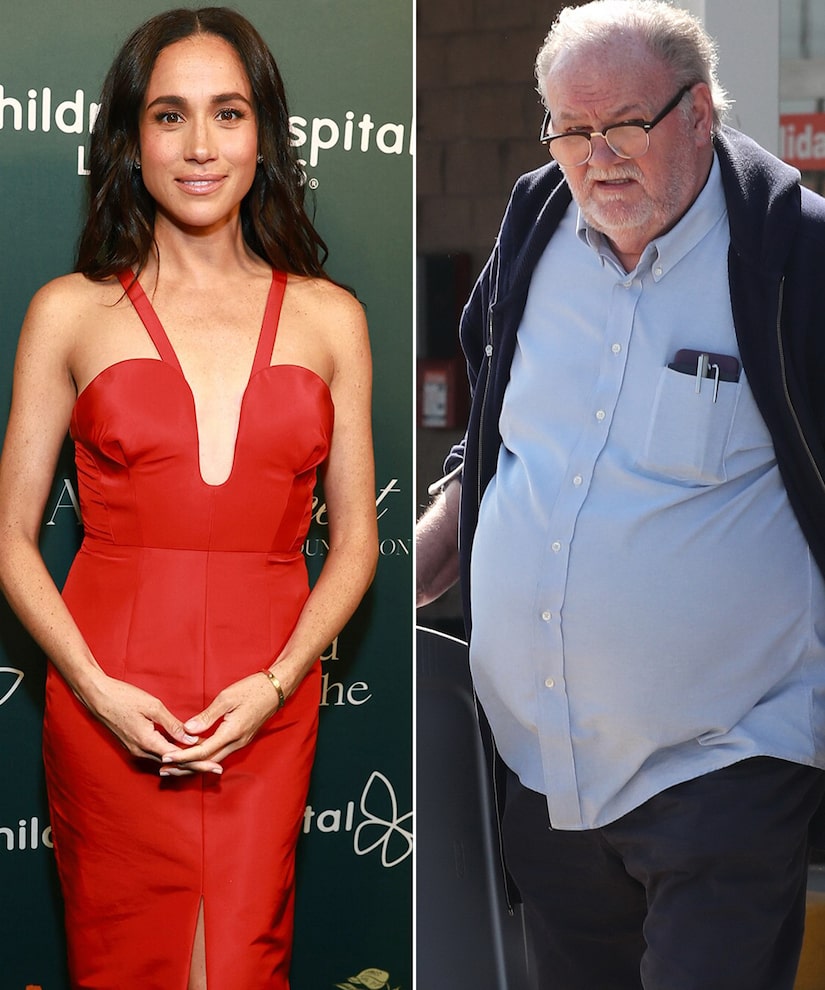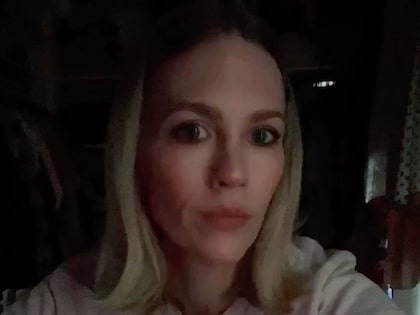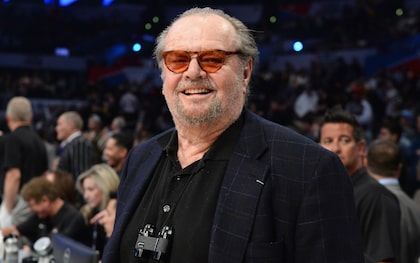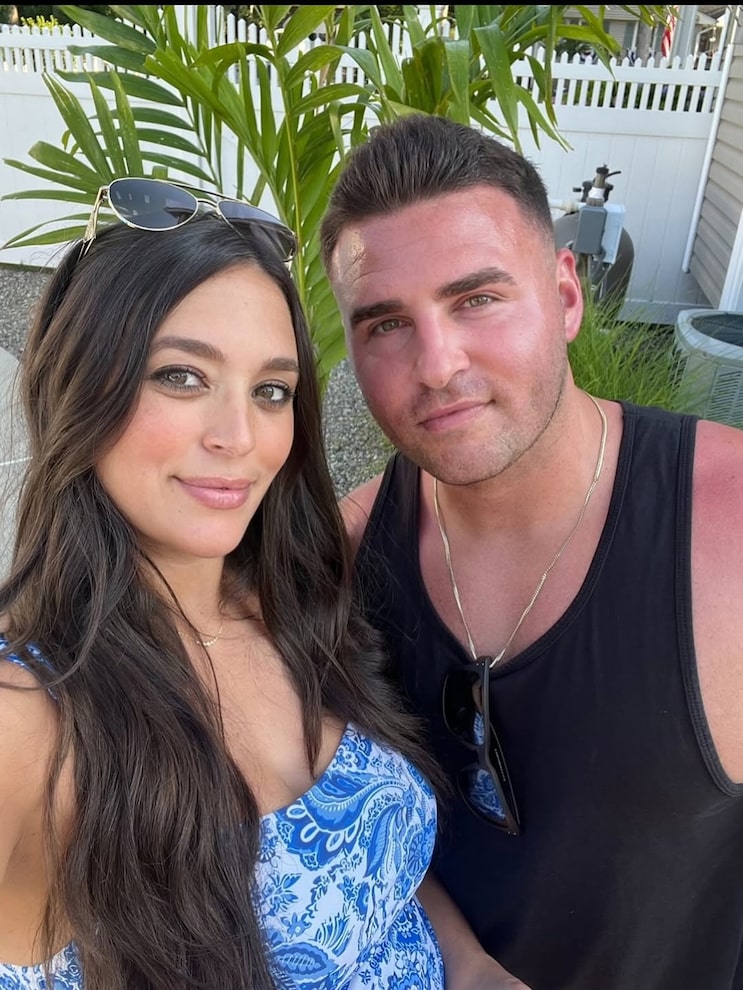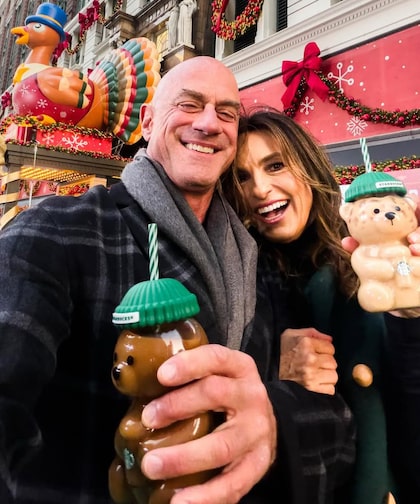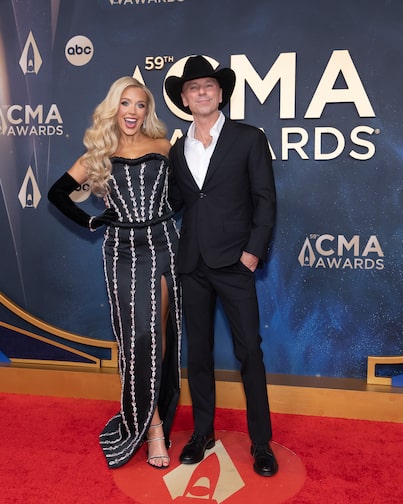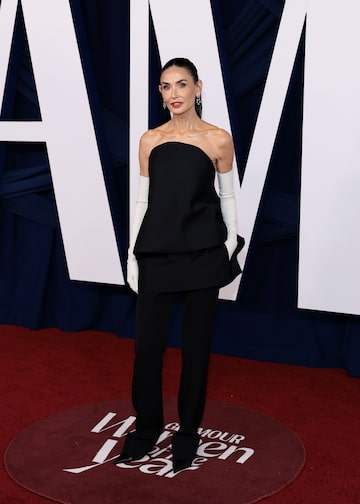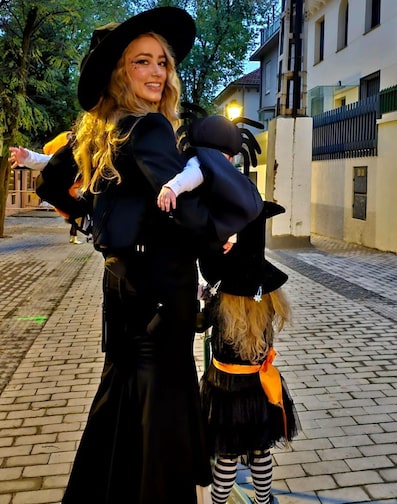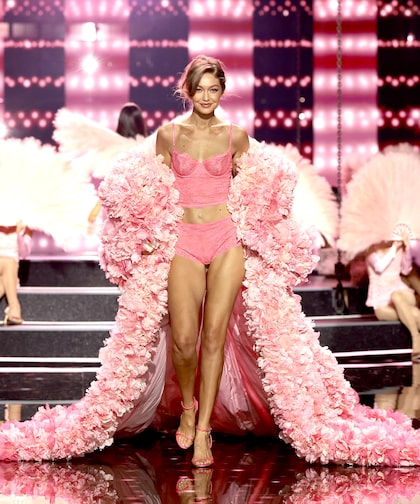Celebrity News February 15, 2025
Kevyn Major Howard, Actor in 'Full Metal Jacket,' Dies at 69
 Getty Images
Getty Images
Kevyn Major Howard, a former actor who became a leading headshot photographer, died on Valentine's Day at 69.
His friend and former co-star Matthew Modine eulogized him on X, writing, "Kevyn Major Howard gave and gave and gave so much to the world and especially the men and women of our armed forces. He became famous for his role of ‘Rafterman’ in Stanley Kubrick’s FULL METAL JACKET. His portrayal gave him a unique entrée into the world of the US Marine Corps. This led him on a decades-long journey to be in service of our nation’s bravest. Thank you for your dedication to others and to America. May all the gods bless you Kevyn. Rest in peace."
Howard died in a hospital in Las Vegas, TMZ reports. No cause of death has been given, but he was suffering from respiratory ailments.
Howard was born January 27, 1956, in Montréal, Quebec. He made his TV debut on "Trapper John, M.D." in 1980 before appearing in back-to-back cautionary tales: "Off the Minnesota Strip" (1980) and "Scared Straight! Another Story" (1980).

He made his film debut in the Charles Bronson vengeance drama "Death Wish II" (1982). Playing scumbag Stomper, he is asked by Bronson's character if he believes in Jesus. "Yes, I do," he replies, to which he is told just before being shot dead, "Well, you're gonna meet 'im."
An extra in "Scarface" (1983), his other major films included Clint Eastwood's "Sudden Impact" (1983) and "Alien Nation" (1988).
His best-known work was as Rafterman in "Full Metal Jacket," the 1987 Vietnam War drama directed by Stanley Kubrick. It was that set on which he met Modine, who fondly recalled being in the film's Lusthog Squad, which also included Sal Lopez, Gary Landon Mills and Adam Baldwin.
Howard continued acting sporadically throughout the '90s, retiring to focus on shooting headshots for his many contacts in the industry.
In 2001, he appeared in the four-part BBC TV series "The Human Face," which studied the science behind beauty and expressiveness as they relate to fame. In it, he was described as "the King of the Hollywood Headshot." His technique involved strictly using natural light and shooting out of his garage.






